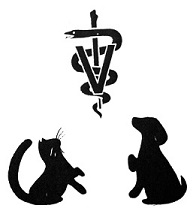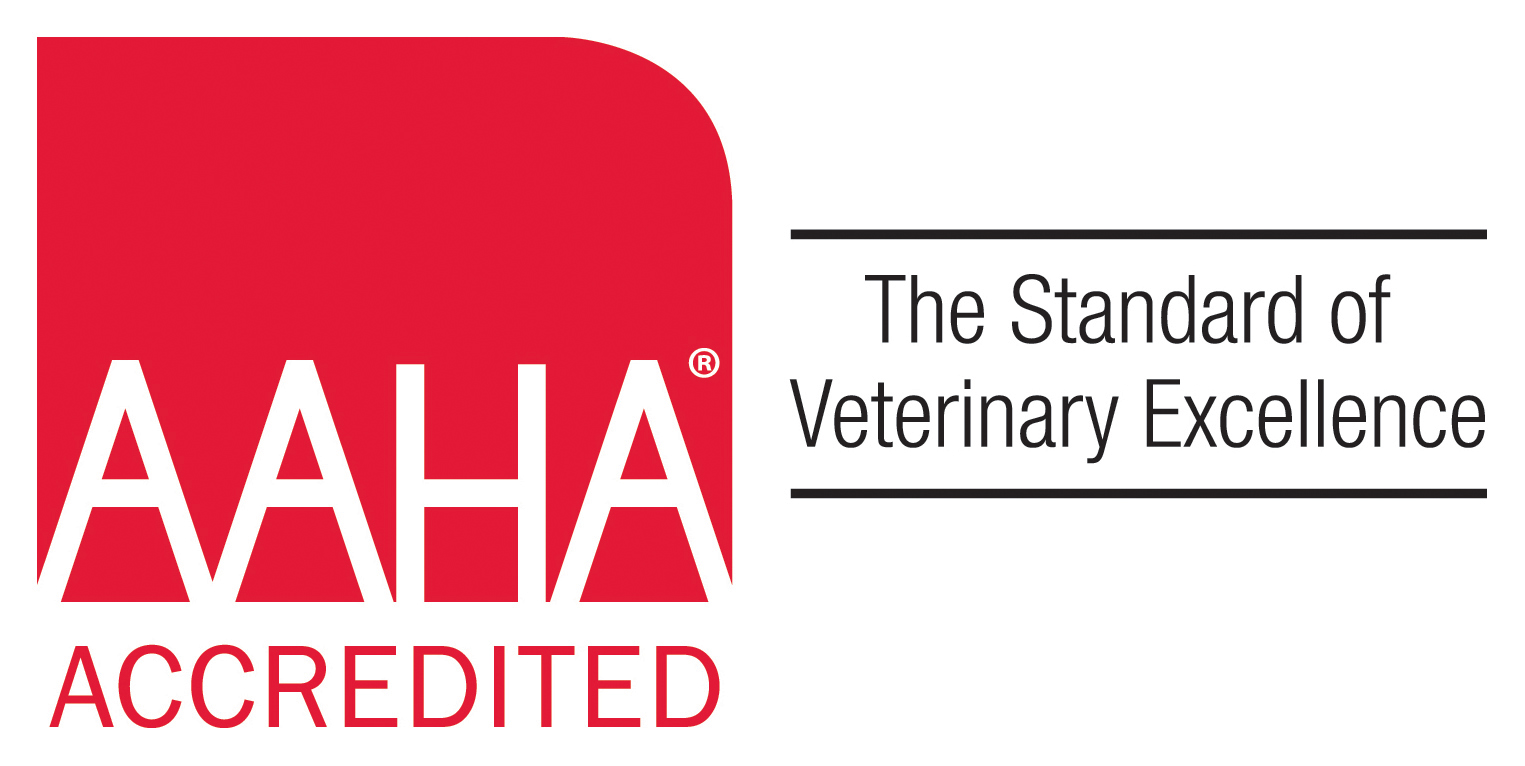...
...
Discover the Difference...
and come home to family
...
...
...
Rocky Shores Veterinary Hospital 

...
...
Discover the Difference...
and come home to family
...
...
...
Rocky Shores Veterinary Hospital 

(631)209-2035
www.rockyshoresvet.com
|
Remembrance...Reflection
It was mid-morning. The drive into the city was eerily smooth. We seemed to have avoided every red traffic light. The Expressway echoed the same eerie peace. Cars seemed to keep their distance from one another; tailgating and traffic weaving were nonexistent on that day. It was as if an unspoken pact was made between New Yorkers, like "let's not sweat the small stuff; there are bigger dangers out there." As we approached Manhattan, the usual glance was taken expectations unfulfilled. Where are we?? I thought in horrific amazement that my children will never see New York as I did; as all of us have. Other questions surfaced, how many people; how many lives?? Survivors? Dogs..will the dogs save any..more? Entrance into Manhattan was strictly prohibited, except for residents, business owners, and medical personnel, both human and veterinary. Parking at the outskirts of the city, the NYPD were there to quickly escort our team, Dr. Rob, two veterinary technicians and me (Dr. Cindy), and other teams of veterinary professionals both local and national.
The air was thick with soot-like debris. Gray ash covered everything from the sidewalks to the sad remnants of shrubbery that remained after the disaster. The air quality was so bad that we were all instructed to wear respirators and masks at all times while in the city. As the NYPD patrol car took us just past "Ground Zero," the former residence of the World Trade Center now an unimaginable pile of twisted metal, debris, and ash, piles of crumpled metal that were in their former lives vehicles of rescue heroes such as firefighters and paramedics were seen frequently the closer we were to "Ground Zero," also referred to as "The Pile." Reaching our destination, a makeshift tent-like area quaintly entitled the K9 MASH Unit, we quickly unloaded our supplies; bandage material, syringes, needles, fluid bags, and IV lines; a sense of urgency that had been building since entering into lower Manhattan had taken our team to a new level. We were there to help the search-and-rescue dogs save lives. As the ash-covered German Shepherd approached with his handler, a New York City firefighter, we were quick to examine the dog for injuries related to rummaging through metal and concrete debris. A veterinary technician held the panting, anxious dog while Dr. Rob flushed his bloodshot eyes
The dog was then taken to a makeshift shower constructed of PVC pipes, a garden hose and a large tarp-covered box made of 2X4's and plywood. The water that supplied the shower was heated with a generator. After being in "The Pile" most of the dogs needed to have the asbestos-laden ash and debris washed off; their paws were covered with booties to protect them from shards of broken glass and metal. Some dogs suffered lacerations and deep cuts to their snouts and muzzles from sniffing through piles of debris looking for survivors.. and those who had not survived.
"My son...I'm still looking for my son. He is also a firefighter...haven't seen him for days. I will not stop until he is found.." The man, eyes bloodshot, hair gray from the ash and debris, stood and stared back in the direction of "The Pile" while we listened to his anguish. He stumbled off in that direction without his dog, who was now being dried with forced-air heat. Then a yellow Labrador Retriever trotted clumsily toward us, pulling her handler behind her. It was as if she knew her cuts would be treated so that she could get back to the business at hand. She was a cadaver dog. Her handler, a woman, stringy blonde hair, bits of gray debris entangled in her ponytail, spoke of her dog's recent discovery. After hours of searching, the dog, Hannah, alerted her to an area at "The Pile." Removing large twisted remnants of metal structure, her handler revealed a tunnel small enough for only Hannah to explore. Leaping with excitement, Hannah disappeared into the hole, only to return with part of what was once someone's mother, perhaps daughter or sister. Although a gruesome discovery, at least one family was able to have some kind of closure, as most families never found even a trinket of their lost loved ones. Hannah's job, like other cadaver dogs, marked the beginning of the end of any hope for any survivors at Ground Zero. Days following the aftermath of the Nation's greatest tragedy with more loss of human life in a single event since the Civil War, hope still lingered; and the search and rescue dogs of 9/11 helped keep that spirit of hope alive during the darkest hours of modern American History. Blessed with the determination and dedication to a single task that only a canine can know and master, these dogs spent countless hours in the most hostile environment, breathing in poisonous ash as they sniffed for human life..and death; acquiring scratches, deep cuts, lacerations, as they tread on piles of twisted metal debris and glass, soot, and rocks looking for our lost.
Dehydration from the heat of the angered sun, afflicted every search and rescue dog at Ground Zero; Eye ulcers and foreign debris attacked determined and unfaltering eyes; after every shift, the dogs would return to have their booties changed; some had blisters and cracked paw pads. Some dogs even broke bones falling from heights in the midst of a search operation. But despite all the obstacles, turmoil and harsh elements, the dogs pushed on and helped our hope push on; Because of these dogs, the grief and pain that plagued New York and the rest of America were gently eased. Nearly 2 decades later, we pause in reflection and remembrance of life lost; and honor these canines--the voiceless and unspoken heroes of 9/11. |